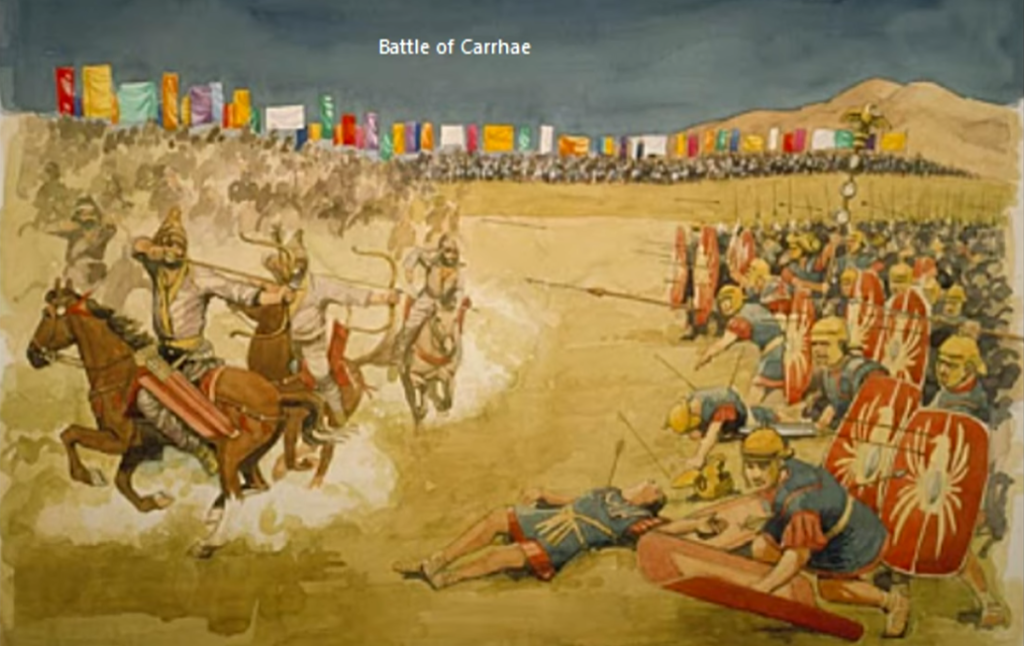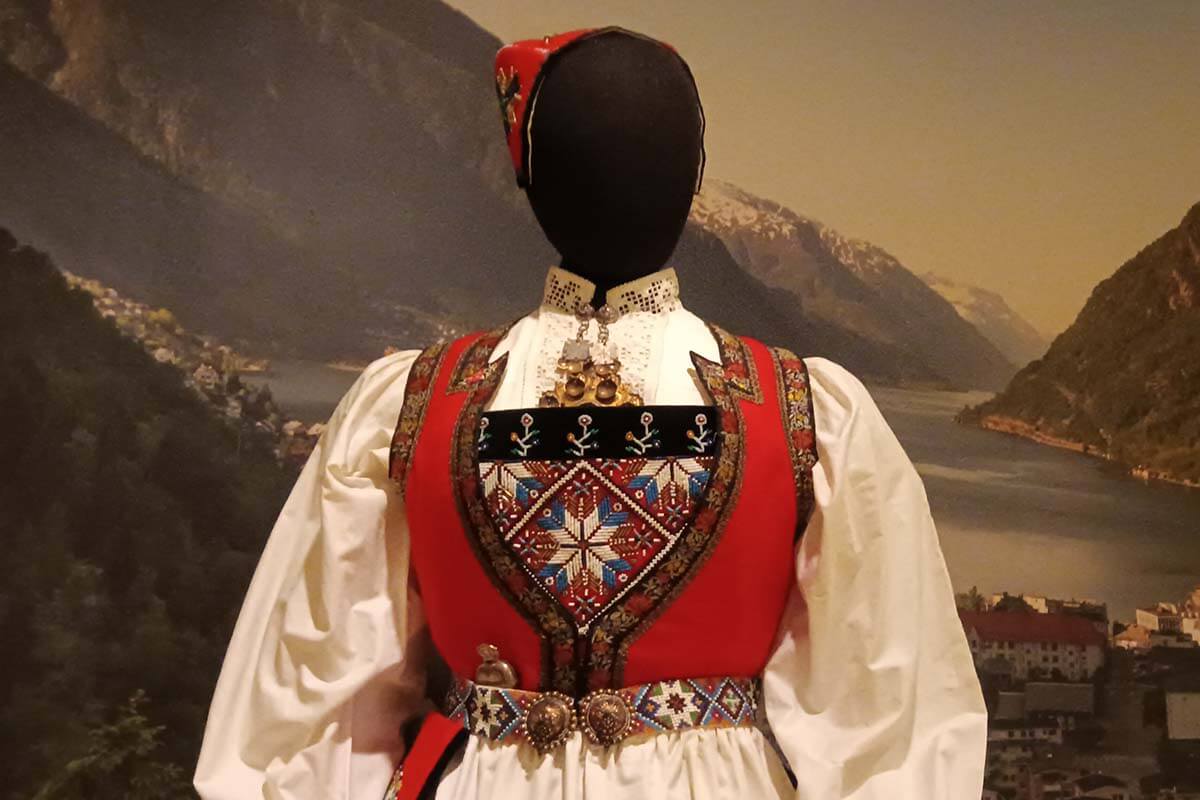Exploring traditional archery styles from different regions reveals a diverse and unique approach to the sport. Each region’s styles, techniques, and equipment reflect its culture, environment, and history.
Archery is one of the oldest sports in human history, dating back to the stone age. Through generations, ancient archers developed various tools and methods, shaping them into regional archery styles. As a result, each region’s archery style tells a story of its people.
Traditional archery styles, also known as barebow or instinctive archery, are the purest form of archery. It relies solely on the archer’s skills without any external help, including sights, stabilizers, or compound bows. Exploring traditional archery styles provides an opportunity to appreciate different cultural perspectives and ancient techniques.
Understanding Traditional Archery Styles
Definition Of Traditional Archery Styles
Traditional archery styles refer to the techniques, tools, and equipment used in archery that date back to ancient cultures. These styles are typically passed down from generation to generation through oral tradition and are characterized by their simplicity and minimalism.
Unlike modern archery, which often uses high-tech equipment and accessories, Its focus on the fundamentals of archery. This is also known for their reliance on instinctive shooting, which involves shooting without aiming down the arrow.
Brief History Of Traditional Archery Styles
Traditional archery styles have been present for over ten thousand years and have played a crucial role in shaping human history. Historically, They were used for hunting and warfare in different regions of the world, including Africa, Asia, Europe, and the Americas.
The ancient Egyptians used traditional archery to hunt and protect their territories, while the Mongols used the bow and arrow in battles. Over time, Its have evolved to reflect the cultural and technological advances of different regions.
Differences Between Traditional And Modern Archery Styles
While both traditional and modern archery styles share some similarities, there are several key differences between them. Some of the main differences include:
- Equipment: Traditional archery styles use simple equipment that is often made by hand, while modern archery styles use more high-tech equipment, including compound bows and carbon fiber arrows.
- Shooting technique: It relies on instinctive shooting, while modern archery styles typically use sights and other aids to aim.
- Purpose: It is often used for hunting and cultural events, while modern archery styles are more geared toward sport.
Importance Of Preserving Traditional Archery Styles
Preserving traditional archery styles is essential for maintaining cultural heritage and ensuring the continuation of archery traditions. It provides a link to the past and is an important part of human history. Additionally, It can help preserve the values of simplicity and minimalism in a world that is becoming increasingly complex and technology-focused.
By preserving this, we can ensure that future generations have access to the knowledge and techniques of our ancestors.
Asia
Overview Of Traditional Archery Styles In Asia
Traditional archery is an ancient art that has been practiced in Asia for thousands of years, and it has evolved in different ways across various regions. Although the term ‘traditional archery’ has broad implications, it generally refers to using a bow and arrow in a manner that dates back to an earlier era.
Here are some key points to consider when exploring traditional archery styles in Asia:
- Archery has been a vital part of Asian culture for many centuries.
- Each country has created archery techniques that have been passed down through generations.
- The art of archery was once used in hunting and warfare but has now been refined into a competitive sport.
Differences Between Traditional Archery Styles In Asia And Other Regions
When it comes to archery, Asia stands out in its methodology and uses an exclusive form of archery style. Some of the unique differences between traditional archery styles in Asia and other regions include:
- A unique variation in the bow styles, shapes, and lengths.
- The shooting stance and style of handling the bow by the archer.
- The use of traditional materials, such as bamboo, wood, and animal hide, to make bows and arrows.
Historical Significance Of Traditional Archery Styles In Asia
Asian countries have imbued archery with historical significance, and the art is therefore treated with the utmost respect. In ancient times, archery was considered crucial as it helped people hunt for food and was a vital component of warfare. Here are some key points to consider when exploring the historical significance of traditional archery styles in Asia:
- Traditional archery has been a part of Asia’s history and culture for thousands of years.
- Archery was considered a vital skill in ancient cultures, including Chinese, Japanese, Korean, and Mongolian civilizations.
- Many Asian countries have historically viewed archery as a symbol of strength, courage, precision, and honor.
Key Archery Styles Of Japan, Korea, China, And Mongolia
Archery traditions vary greatly across countries and regions in Asia. Each country has a distinctive style that differs from others in its methodology, style, and equipment used. Here are some of the key archery styles of Japan, Korea, China, and Mongolia:
Japanese Yumi Archery
- Uses asymmetric bows and long wooden arrows.
- Involves many formal movements and rituals.
- Combines physical ability and mental concentration, referred to as “zen.”
Korean Gakgung Archery
- Employs shorter bows compared to other traditional archery styles.
- Requires rapid and rhythmic movements.
- Highly emphasizes body positioning, including feet angle and arm placement.
Chinese Traditional Archery
- Uses large bows made from bamboo and mulberry wood.
- Primarily focuses on archery form and technique.
- Involves a distinct and graceful shooting stance.
Mongolian Traditional Archery
- Uses composite bows made from animal horns, tendons, and wood.
- Involves shooting arrows over steep terrain and from horseback.
- Requires immense physical strength and expertise.

Traditional archery is an ancient art that has been practiced in Asia for centuries. Each country has a unique archery style, which has been passed down from generation to generation. Understanding the historical significance and differences between archery styles in Asia and other regions helps to deepen our appreciation for this refined, elegant, and ancient sport.
Europe
Overview Of Traditional Archery Styles In Europe
Europe boasts a rich history of traditional archery styles dating back to ancient times. Archery was a crucial pastime in Europe, used for hunting and warfare. Moreover, it was considered one of the limbs of horsemanship. Here are some key archery styles in Europe:
- English longbow
- Turkish archery
- Scandinavian archery
Differences Between Traditional Archery Styles In Europe And Other Regions
The traditional archery styles in Europe differ greatly from those of other regions in terms of technique, equipment used, and purpose. Here are some noteworthy differences:
- Technique: The grip, stance, arrow release, and overall technique vary greatly between Europe and other regions.
- Equipment: The type and design of bows, arrows, and other related equipment differ according to regional needs and preferences.
- Purpose: Hunting and warfare were prominent reasons for archery in Europe, while sport archery was more common in other regions.
Historical Significance Of Traditional Archery Styles In Europe
Traditional archery styles in Europe hold vast historical significance, with archery serving as a critical part of European culture for centuries. Here are some noteworthy facts:
- Archery played a significant role in medieval warfare.
- Archery was a vital element in the cultural identity of many European countries.
- Its were passed down through generations, forming a significant part of Europe’s cultural heritage.
English Longbow
The English longbow is a prominent historical archery style that originated in England in the middle ages. Here are some interesting facts:
- The English longbow is made of yew or elmwood and was six feet long.
- The arrows used were constructed of elm or hazelwood and were about three feet in length.
- This style was a major weapon during English battles, including the Battle of Agincourt.
Turkish Archery
Turkish archery, also known as Ottoman archery, is steeped in rich history and tradition. Here are some interesting facts:
- Turkish archers used a distinctive thumb release rather than the finger release of other archery styles.
- The bows used in Turkish archery were composite, made of layers of wood and animal tendon.
- Turkish archery had a significant cultural impact, reflected in Ottoman art and poetry.
Scandinavian Archery
Scandinavian archery is a traditional archery style that originated in the Scandinavian countries such as Norway, Sweden, and others. Here are some interesting facts:
- Scandinavian archery is based on instinctive shooting, where the archer aims without using a sight or aiming device.
- The bow used in Scandinavian archery is the “hedeby bow,” made of ash or maple wood.
- The arrows used in Scandinavian archery were made of wood, with feather vanes for stability.
Traditional archery styles in Europe have a deep-rooted cultural and historical significance. The archery techniques, equipment, and purposes vary greatly between Europe and other regions, resulting in unique styles seen only in Europe.
Africa
Overview Of Traditional Archery Styles In Africa
Traditional African archery is one of the oldest forms of hunting, dating back to pre-colonial times. The traditional African bow is handmade, with a flat or rounded back and a slightly curved belly. The arrows are made from a variety of materials, including reeds, wood, metal, and animal bones.
They are designed to be lightweight for maximum speed and accuracy.
Differences Between Traditional Archery Styles In Africa And Other Regions
Compared to other regions, traditional African archery is unique in its design and use. Some key differences are:
- The use of the thumb release, where the bowstring is held between the thumb and forefinger.
- The use of short bows, which are more maneuverable in dense vegetation.
- The use of poisoned arrows for hunting big game, such as elephants and rhinoceroses.
Historical Significance Of Traditional Archery Styles In Africa
Traditional African archery has a rich historical significance, dating back to pre-colonial times. In ancient Egypt, archery was a core part of the military strategy, with skilled archers used to defend borders and raid neighboring regions. In Ethiopia, archery was used in hunting and warfare, with hunters and warriors prized for their accuracy and skill.
Key Archery Styles Of Egypt And Ethiopia
Egyptian Archery Style
- Egyptian archery is characterized by the use of composite bows made from wood, horn, and sinew.
- The arrows were made from reeds and had a tapered shape.
- Archers used a thumb release, with the thumb, index, and middle fingers holding the bowstring.
Ethiopian Archery Style
- Ethiopian archery is characterized by the use of short, flat bows made from wood or bamboo.
- The arrows were made from reeds and had a pyramid shape with a pointed tip.
- Archers used a thumb release, with the thumb and forefinger holding the bowstring.
Traditional African archery styles are unique, not only in their design and use but also in their historical significance. With a variety of archery styles across the continent, each style adds to the richness of African culture.
Americas
Exploring Traditional Archery Styles From Different Regions
Traditional archery styles have been a significant part of human culture for centuries. Various regions worldwide have embraced their distinct techniques and equipment to master this ancient art. In this blog post, we will take a closer look at traditional archery styles in the Americas, including their differences from other regions, the historical significance, and key styles of native americans.
Overview Of Traditional Archery Styles In The Americas
Archery has been a way of life for many native American communities, as well as a critical element of warfare and hunting. The Americans have an incredible array of traditional archery styles that vary based on the equipment used, such as bows, arrows, and quivers.
Differences Between Traditional Archery Styles In The Americas And Other Regions
Native American traditional archery styles differ significantly from other regions of the world. For example, they prefer a more instinctive style of shooting as opposed to relying on sights or gadgets. Additionally, native americans use naturally occurring materials in their equipment, such as animal hides, feathers, and bones.
Historical Significance Of Traditional Archery Styles In The Americas
Traditional archery styles in the Americas have a rich history. Native Americans have used archery for hunting, warfare, and even in ceremonies for centuries. Their bows and arrows were masterfully crafted, and their skills were passed down through generations. These styles hold great significance for Native Americans as they reflect their cultural heritage and traditions.
Key Archery Styles Of Native Americans
Here are some of the key traditional archery styles of Native Americans:
- The Cherokee style: This style features a short bow, roughly 3 feet in length, and is used for hunting.
- The Comanche style: The Comanche tribe pioneered this technique, which is known for its speed and accuracy.
- The Navajo style: The Navajo tribe traditionally used longbows, which were usually over 4 feet in length and made from natural materials.
Each style has its unique features and techniques, which contributed to their success in hunting and tribal warfare.
It is a testament to the ingenuity and creativity of humankind. This ancient art will live on, and its techniques and equipment will continue to evolve worldwide.
Frequently Asked Questions
What Is Traditional Archery?
Traditional archery is a style of archery that uses a longbow or recurve bow without any technological enhancements. It has been practiced for centuries, and its techniques and tools vary from region to region.
Which Regions Have Unique Traditional Archery Styles?
Traditional archery styles vary widely between different regions. Asia, Africa, Europe, and the Americas all have their unique tools and techniques. For example, Japanese archery is different from Mongolian archery.
What Are Some Traditional Archery Tools?
Traditional archery tools include the longbow, recurve bow, arrows, quiver, and armguard. They are all made from natural materials such as wood, stone, and animal hide. The tools’ design and materials vary from region to region.
What’s The Difference Between Traditional Archery And Modern Archery?
The main difference between traditional and modern archery is the technology used. Modern archery employs high-tech materials, equipment, and accessories like sights, stabilizers, and release aids. Traditional archery is more about staying true to the traditional tools and techniques.
What Are Some Benefits Of Practicing Traditional Archery?
Traditional archery provides many benefits, such as improving focus, patience, and self-awareness. It’s also a great workout, helping to strengthen the core, arms, and shoulders. Additionally, it provides a connection to history and culture.
Conclusion
After exploring different traditional archery styles from different regions, we can conclude that archery is not just a sport or a skill, but a cultural heritage passed down from generation to generation. Each style carries with it a distinct history, lifestyle, and philosophy that embodies the traditions and beliefs of its people.
From the refined elegance of Japanese archery to the highly practical and functional Turkish archery, each style reflects the values of its specific culture. By learning about different archery styles, we gain a greater appreciation for the diversity of human cultures and enhance our understanding of the world we live in.
As we continue to appreciate and promote traditional archery, we preserve not only the physical act but the spiritual and cultural connection that it represents. As we move forward, let’s continue to learn from the past, embrace the present, and inspire future generations to honor the heritage of traditional archery.






